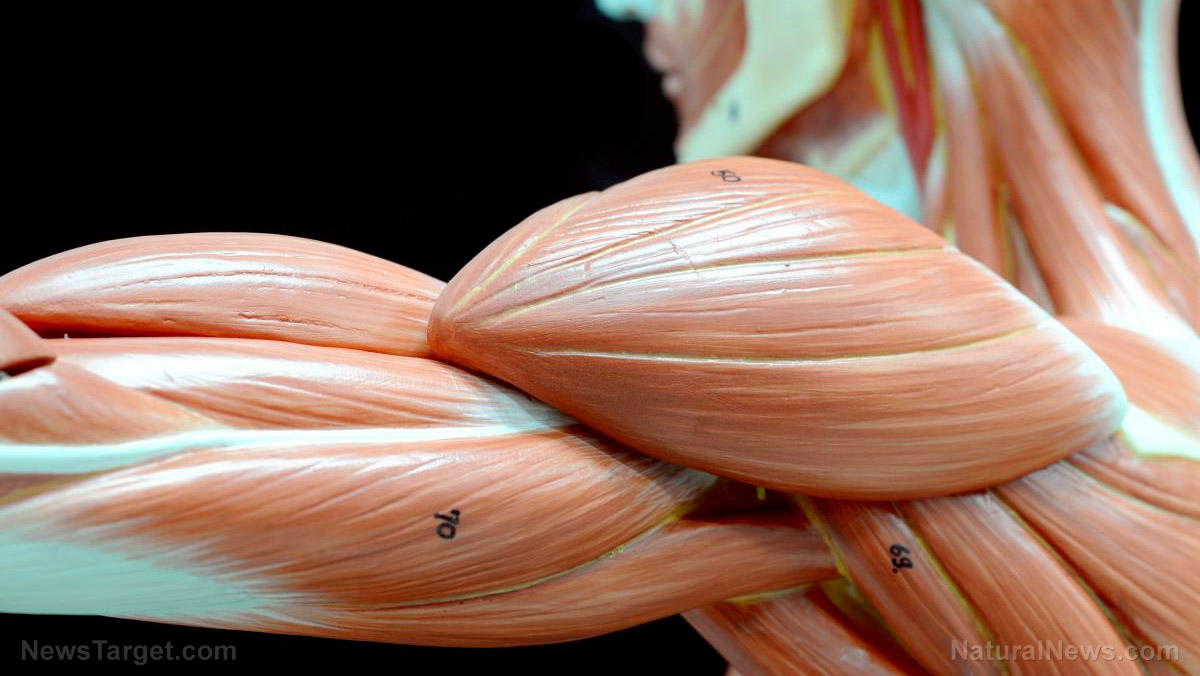
According to a report from Wired, Bursac's earlier attempt involved growing "functional human skeletal muscle" in culture, which ultimately served as a model for the new research. This model was produced with the use of certain pea-sized globs of muscle, which were said to be sourced from human test subjects. But while that study yielded functional muscle, it wasn't quite what they hoped for. So the new research was done to refine the ideas they got from the first one.
In their latest study, Bursac and his team shared the details of how they managed to turn mere skin cells into functioning human muscle. Their method could one day allow researchers to study muscle and muscle-based therapies much better than they can with current alternatives. It could even serve as the basis for various types of stem cell or transplantation therapies.
According to the researchers, they used so-called pluripotent stem cells which were derived from human skin cells, genetically programmed to "express large quantities" of the protein Pax-7. Through this, it's possible to basically reprogram an individual stem cell into something called a "myogenic progenitor cell" or what's termed as an intermediate cell. It is said that under the right conditions, this cell can eventually turn into a fully-functioning, mature, contracting muscle cell. And this is where the lab-made muscle comes from.
The above method, while effective, needs a fix because cells are too small. The researchers found that they needed too many of the cells just to make an individual muscle fiber. Not to mention, it takes them quite a while – about five weeks – to convert just one stem cell into around a thousand myogenic progenitors. Once they've made enough of the cells needed to continue and start building muscle, they load them onto a structure that serves to contain them and gives them a surface on which they can align and proceed with the rest of their transformation into bundles of muscle fiber.
Through a number of tests, Bursac's team was able to confirm that the lab-made muscle fibers were indeed functional, and that they "express a protein that flashes whenever calcium signalling is active in the cell." He further clarified: "When the cells light up, we can see that the muscle is alive and active."
Bursac hypothesizes that the muscle is also capable of self-repair. It is said that the lab-made muscle fibers developed a special reservoir of cells that can be used to regenerate after an unspecified amount of exercise or injury. With that said, the muscle fibers still aren't perfect. According to the researchers, muscles produced with the older method from their earlier work appeared more mature. However, Bursac feels confident about their findings and one day hopes that it could be used to design new disease models and help with regenerative therapies.
At first, it wasn't clear that a mere handful of skin cells would be enough to produce the above results. But after the research put forth by Bursac's team, it's clear that there are many possibilities in this field of study.
Read more about scientific advances related to human muscles at Research.news.
Sources include:
Please contact us for more information.





















